Smart Classroom – Differences between Smart Classrooms and Traditional Classrooms
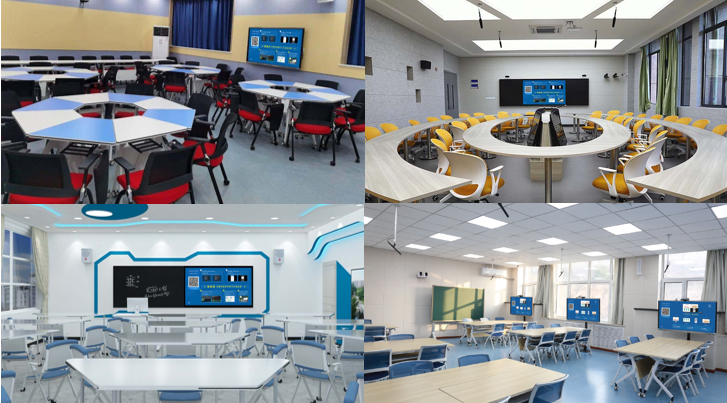
A smart classroom is a type of classroom that utilizes multiple advanced technologies, breaks traditional teaching habits, and creates an autonomous and comfortable learning environment. It has the following characteristics:
1. Implement multimedia teaching audio system, interactive recording and live streaming system, intelligent course real scene cloud recording and broadcasting system, intelligent wireless network control system The integration and intelligent application of technologies such as teacher-student interactive teaching assistance system (remote interactive teaching, remote observation and evaluation, classroom interaction, screen projection system, online streaming teaching, etc.) and multi-functional comprehensive control system (intelligent perception and control, unified control management, intelligent access control, security alarm, and electricity information collection system).
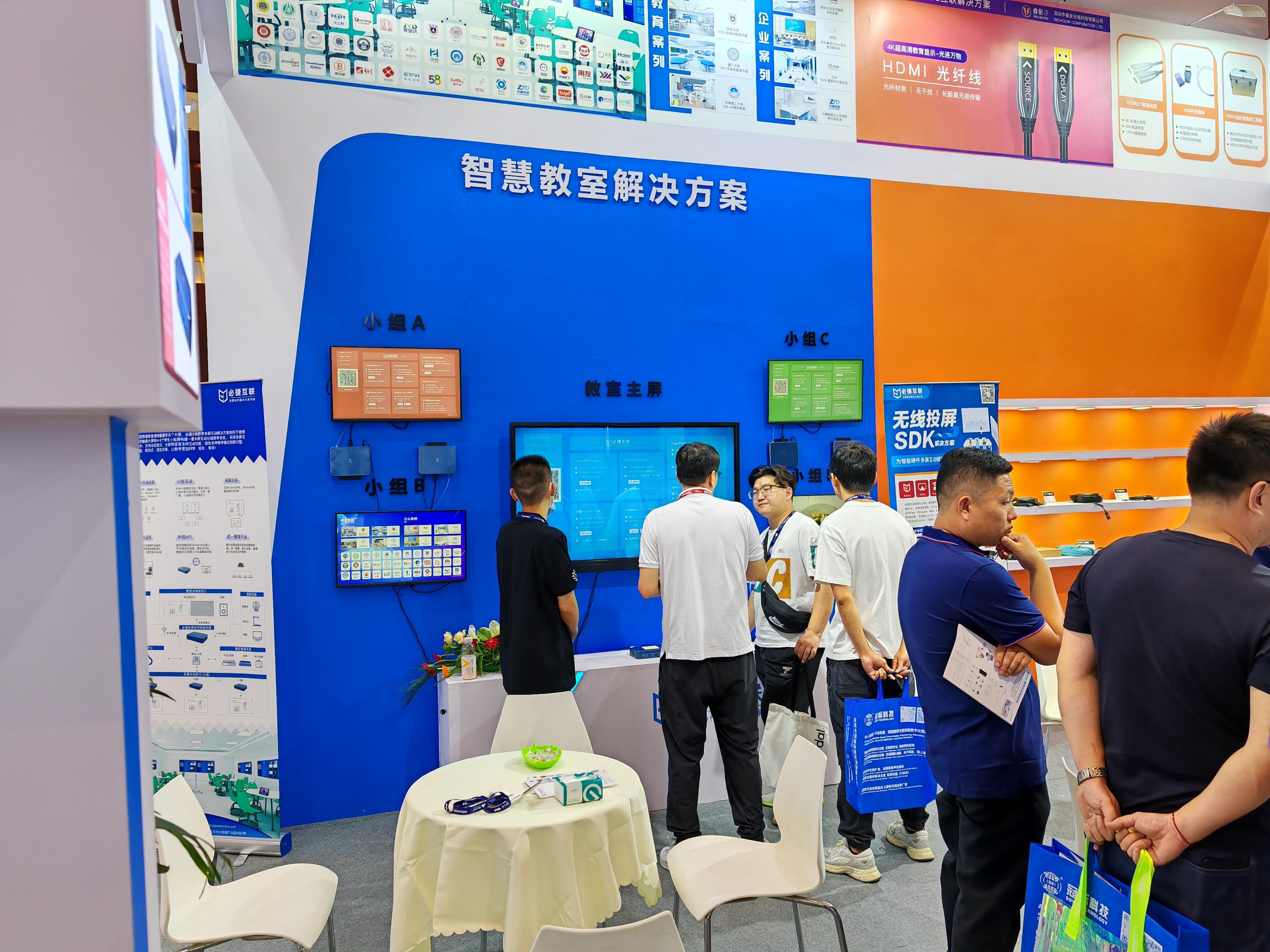
2. Able to achieve centralized control of teaching auxiliary equipment and environment in the classroom, supporting mobile control and remote inspection.
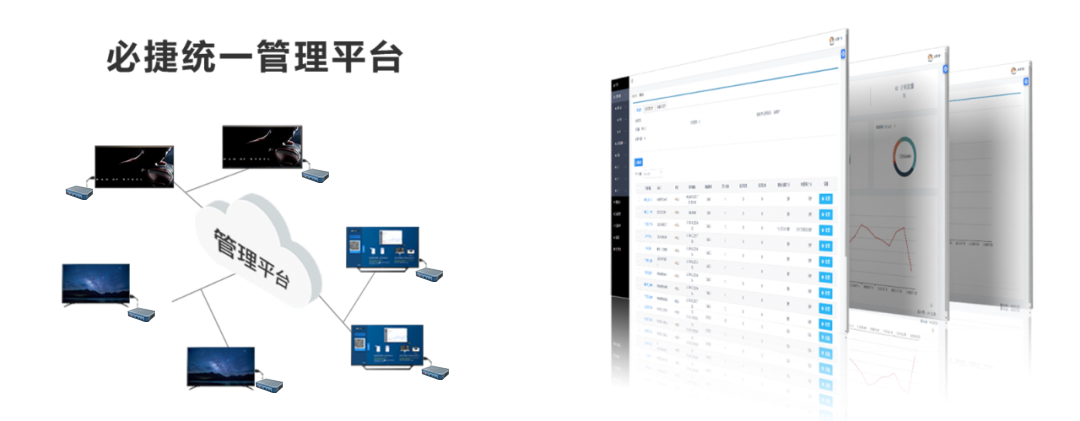
3. It has features such as classroom delay automatic reminder, remote call for help, appointment function, asset management (real-time monitoring and automatic inventory, automatic alarm when equipment is taken out of the classroom), energy consumption statistics (classification and measurement of water and electricity equipment in the classroom to achieve real-time measurement of energy consumption), and strict permission management system.
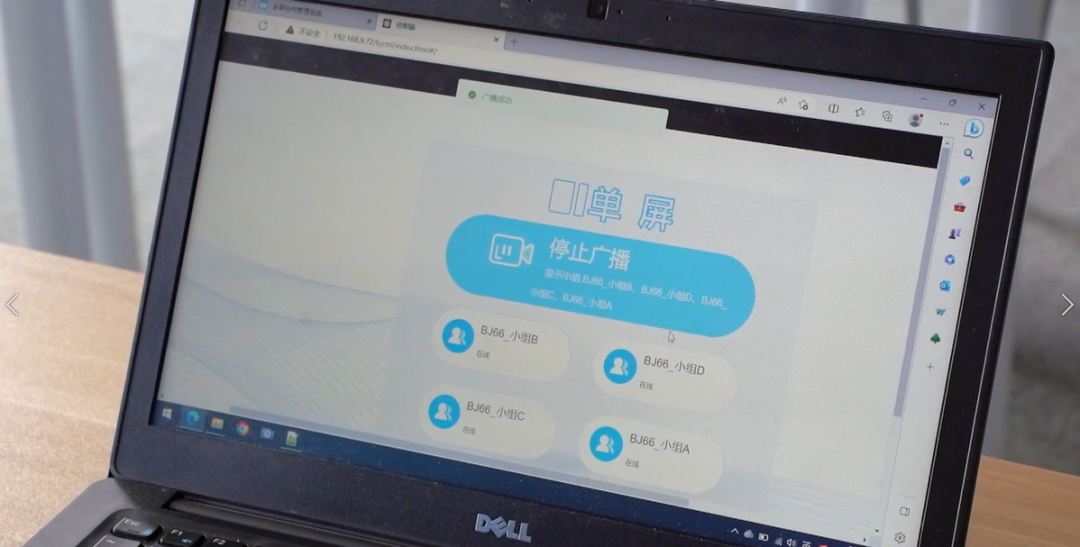
There are the following differences between smart classrooms and traditional classrooms:
1. Teaching method: Traditional classrooms mainly rely on teachers’ lectures, while smart classrooms focus on student participation and interaction, including real-time feedback and personalized teaching.

2. Technology application: Smart classrooms can utilize advanced technological equipment, such as electronic textbooks, interactive whiteboards, projectors, etc., to provide more vivid and vivid teaching content, while recording students’ learning behavior and feedback, providing teachers with objective evaluation and improvement basis.
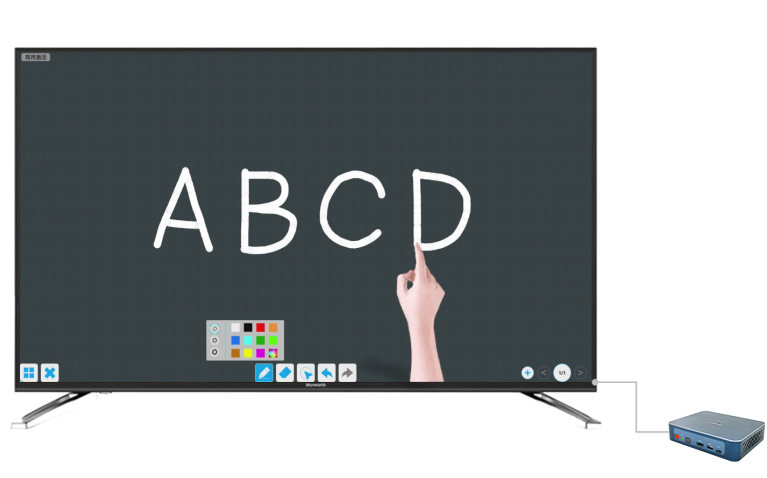
3. Classroom atmosphere: Smart classrooms focus on creating a positive and interactive classroom atmosphere, encouraging students to participate in discussions and cooperation, and stimulating students’ initiative and creativity.
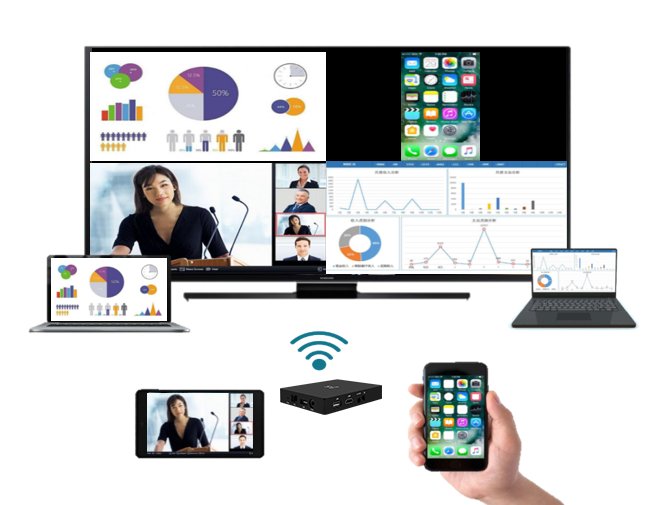
4. Teaching efficiency: Smart classrooms can save teachers time correcting homework and blackboard writing, improve teaching efficiency, and also allow students to learn in a relaxed atmosphere, improving learning efficiency.
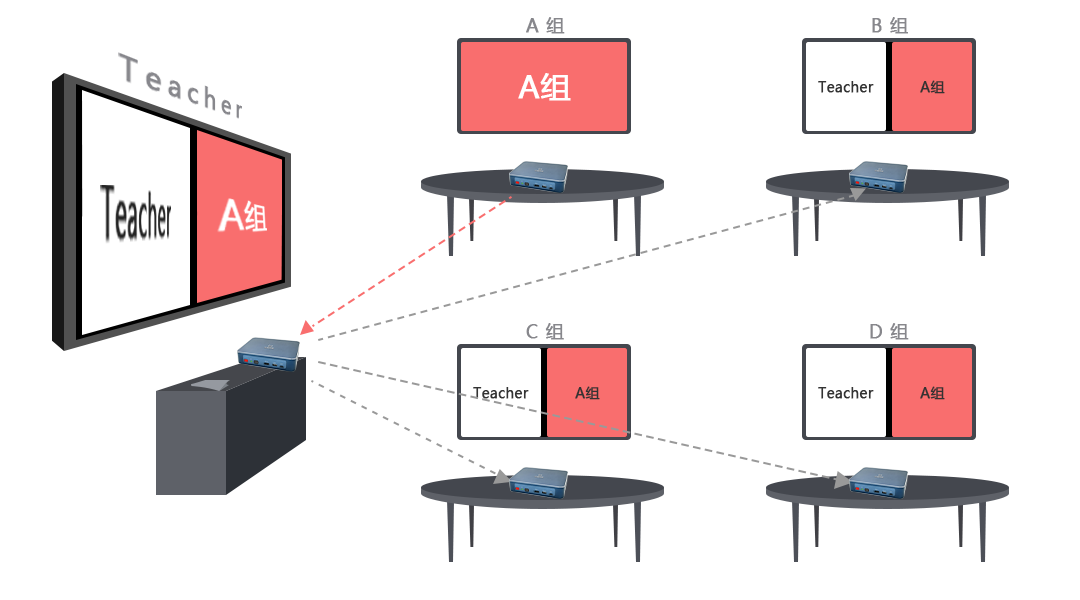
The smart classroom aims to improve teaching quality, change the traditional teacher centered teaching method, and shift to a student centered knowledge innovation learning method, achieving intelligent identification, tracking, monitoring, and management of the teaching process.